Stringent Regulatory Frameworks
Stringent regulatory frameworks are a significant driver of the Food Safety Testing Market. Governments and international organizations have established comprehensive regulations to ensure food safety and protect public health. These regulations often require food manufacturers to conduct regular testing for contaminants, pathogens, and other safety concerns. As a result, compliance with these regulations necessitates the use of food safety testing services, thereby driving market demand. The Food Safety Testing Market is expected to grow as companies invest in testing solutions to meet regulatory requirements and avoid penalties. Moreover, the increasing focus on traceability and transparency in the food supply chain further emphasizes the need for rigorous testing protocols, reinforcing the market's expansion.
Rising Incidence of Foodborne Illnesses
The increasing incidence of foodborne illnesses appears to be a primary driver for the Food Safety Testing Market. According to data from health organizations, millions of individuals are affected by foodborne diseases annually, leading to significant health concerns and economic losses. This alarming trend has prompted governments and regulatory bodies to enforce stricter food safety regulations, thereby increasing the demand for food safety testing services. The Food Safety Testing Market is likely to experience growth as food manufacturers and suppliers seek to ensure compliance with these regulations and protect public health. Furthermore, the heightened awareness among consumers regarding food safety issues may compel food businesses to invest in comprehensive testing solutions, thereby driving market expansion.
Expansion of the Food and Beverage Industry
The expansion of the food and beverage industry is driving growth in the Food Safety Testing Market. As the global population continues to rise, the demand for food products is increasing, leading to the establishment of new food processing facilities and supply chains. This expansion necessitates comprehensive food safety testing to ensure that products meet safety standards and regulations. Market data indicates that the food and beverage sector is projected to grow significantly, which in turn will likely increase the demand for food safety testing services. The Food Safety Testing Market is poised to capitalize on this growth, as companies seek to implement effective testing protocols to safeguard their products and maintain consumer confidence.
Technological Innovations in Testing Methods
Technological innovations in testing methods are transforming the Food Safety Testing Market. Advanced techniques such as PCR (Polymerase Chain Reaction), next-generation sequencing, and rapid testing methods are enhancing the accuracy and speed of food safety testing. These innovations not only improve the detection of pathogens and contaminants but also reduce the time required for testing, which is crucial for food manufacturers aiming to maintain product quality and safety. The market data indicates that the adoption of these technologies is on the rise, as companies seek to leverage them for competitive advantage. Consequently, the Food Safety Testing Market is likely to witness increased investment in research and development, further propelling growth and efficiency in food safety testing.
Growing Consumer Demand for Safe Food Products
Growing consumer demand for safe food products is a pivotal factor influencing the Food Safety Testing Market. As consumers become more health-conscious and informed about food safety issues, they are increasingly seeking products that are certified safe and free from contaminants. This shift in consumer behavior is prompting food manufacturers to prioritize safety testing to meet market expectations. Market data suggests that consumers are willing to pay a premium for products that guarantee safety and quality, thereby incentivizing companies to invest in robust food safety testing measures. The Food Safety Testing Market is likely to benefit from this trend, as businesses strive to enhance their product offerings and build consumer trust through rigorous testing.
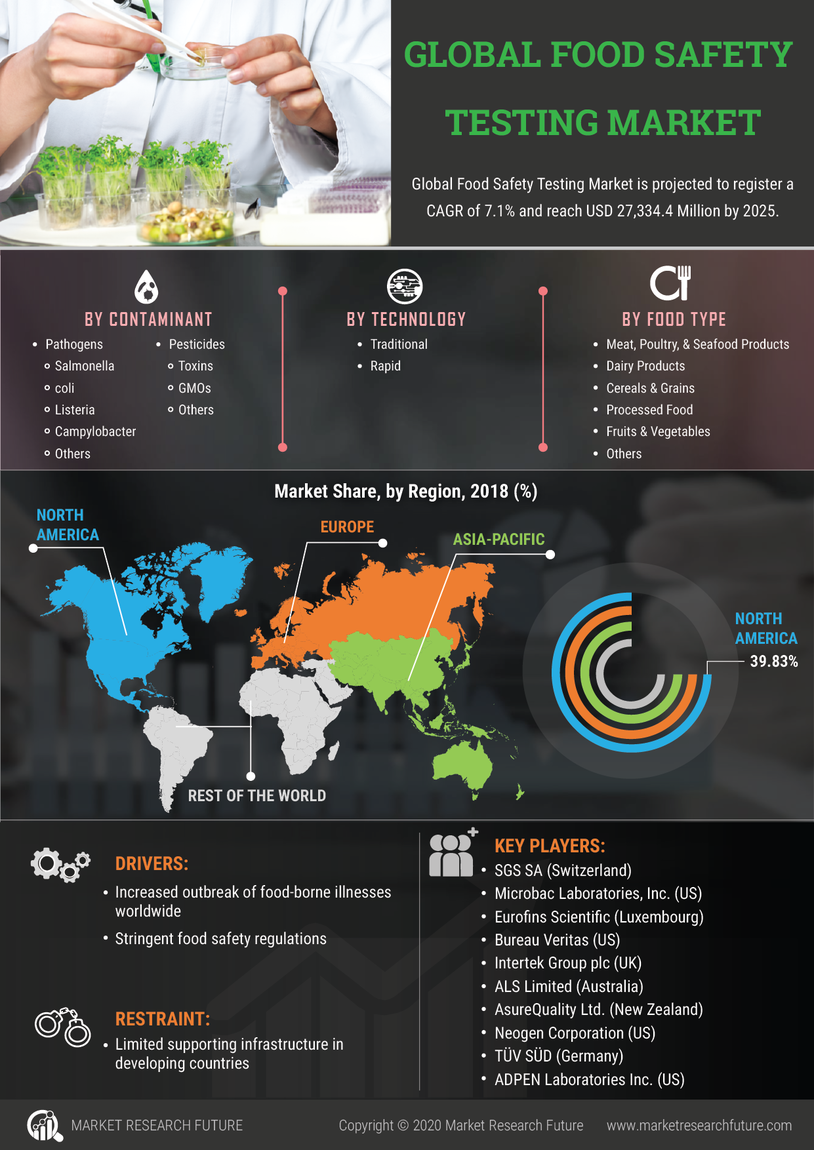

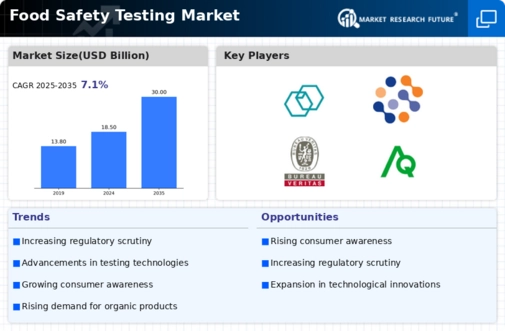
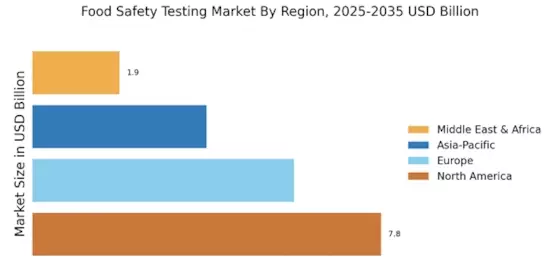
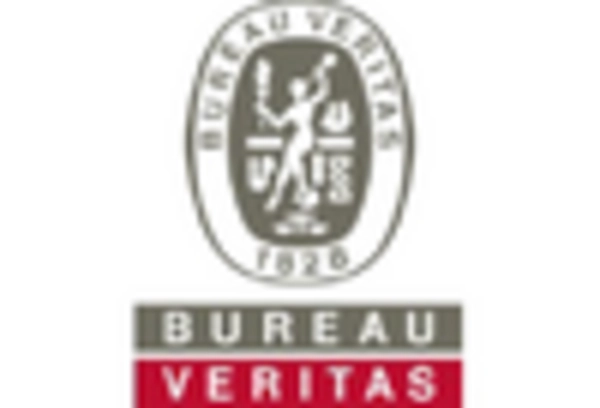
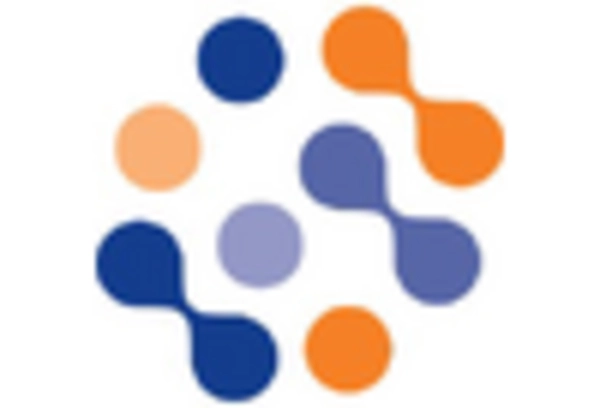

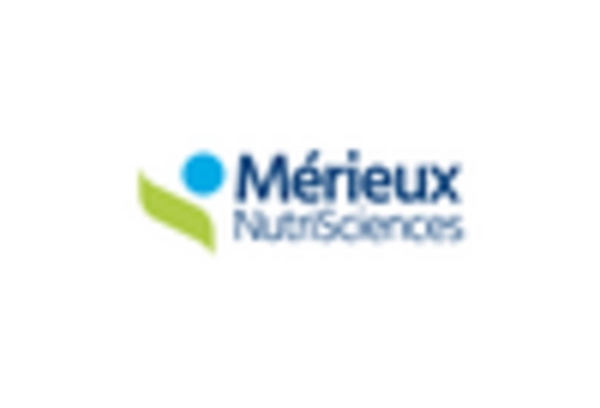
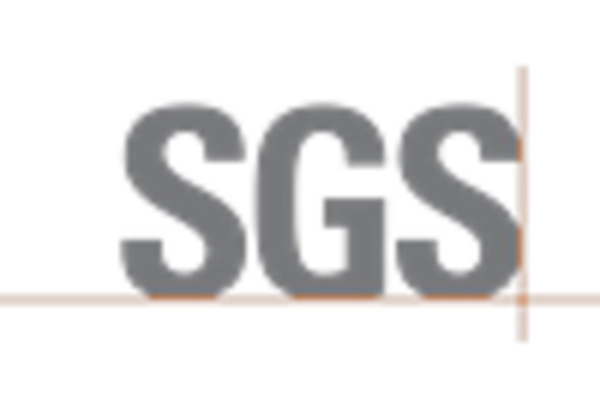









Leave a Comment